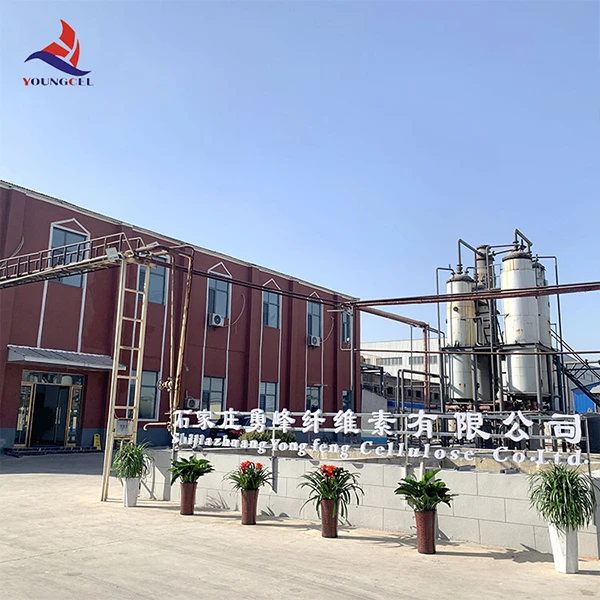Understanding Hydroxypropyl Methylcellulose (HPMC) Properties and Applications
Hydroxypropyl methylcellulose (HPMC) is a versatile cellulose derivative widely used in various industries due to its unique chemical and physical properties
. As a non-ionic, water-soluble polymer, HPMC possesses several functional benefits that make it a valuable ingredient in food, pharmaceuticals, construction, and personal care products.Chemical Structure and Properties
HPMC is derived from cellulose, the most abundant organic polymer on Earth, through a series of controlled chemical reactions. It is modified by substituting hydroxypropyl and methyl groups onto the cellulose backbone, which enhances its solubility in aqueous solutions and contributes to its gel-forming ability. The degree of substitution can be varied, producing different grades of HPMC that exhibit distinct properties such as viscosity, gelation temperature, and solubility.
One of the most notable properties of HPMC is its ability to form a viscous gel when mixed with water. This feature is particularly beneficial in thickening and stabilizing formulations. HPMC is also resistant to degradation by heat, acids, and alkalis, making it an ideal candidate for various applications requiring stability in challenging environments.
Applications in Different Industries
hydroxypropyl methylcellulose hpmc

1. Food Industry In the food sector, HPMC serves multiple functions. It acts as a thickener, emulsifier, and stabilizer in products like sauces, dressings, and dairy items. Its ability to retain moisture makes it an essential ingredient in baked goods, improving texture and shelf life. Additionally, HPMC is employed in gluten-free formulations as a binding agent that provides structure and improves the overall mouthfeel of the product.
2. Pharmaceutical Industry HPMC plays a critical role in the pharmaceutical field, particularly in the formulation of tablets and capsules. Its properties allow it to control the release of active ingredients within the digestive system, enhancing bioavailability and therapeutic effects. Furthermore, HPMC is used as a coating agent for pills, providing protection against moisture and ensuring stability over time.
3. Construction Industry In construction, HPMC contributes to the quality and workability of cement and mortar mixtures. Its water-retention properties help improve adhesion and reduce cracking in grout and tile adhesives. As a result, HPMC is often included in dry-mix formulations, enhancing performance and durability in construction applications.
4. Personal Care Products The use of HPMC is also prevalent in personal care items such as shampoos, lotions, and creams. It acts as a thickener, stabilizer, and emulsifier, allowing for improved texture and consistency in these products. Its skin-conditioning properties also make it a popular choice in the formulation of skin care and cosmetic products.
Conclusion
Hydroxypropyl methylcellulose is a multifunctional and essential ingredient in various industries. Its unique properties, including water solubility, gelling ability, and stability, make it an invaluable asset in food, pharmaceuticals, construction, and personal care products. As industries continue to innovate and evolve, the demand for HPMC is expected to grow, driven by its versatility and effectiveness in enhancing product formulations. Understanding HPMC and its applications is crucial for manufacturers and consumers alike, ensuring optimum use and benefits across different sectors.
-
The Application and Significance of Construction RdpNewsMay.19,2025
-
Industrial Grade HpmcNewsMay.19,2025
-
Building Coating Adhesive Building Coating Adhesive HpmcNewsMay.19,2025
-
Application Of Hpmc For Detergent For Detergent In DetergentsNewsMay.19,2025
-
Application Of Hpmc Cellulose In Cement-Based MaterialsNewsMay.19,2025
-
Application Of High Quality Hpmc For Construction In The Field Of ConstructionNewsMay.19,2025




